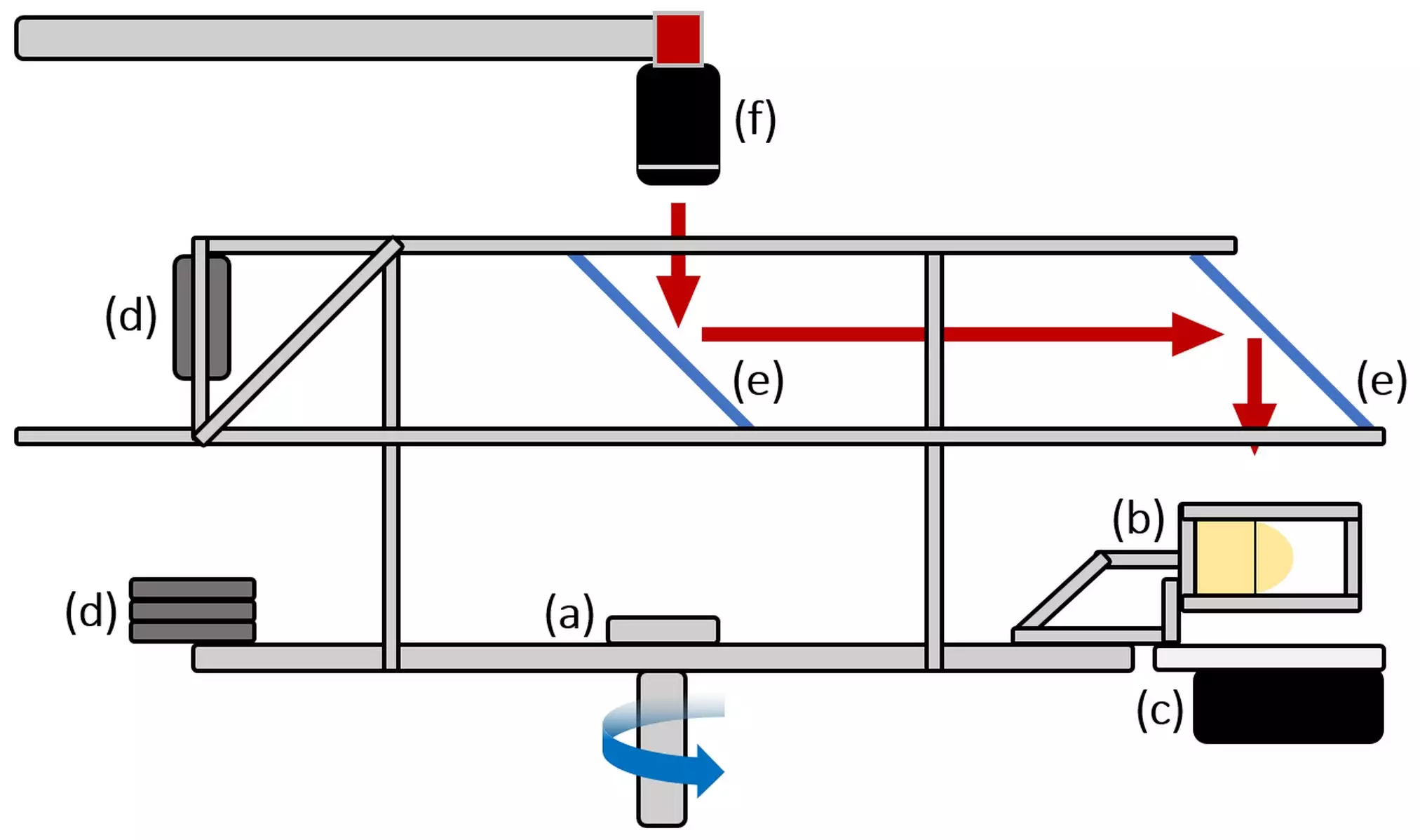Nuclear fusion is a key area of research that has the potential to provide humanity with a nearly limitless and clean energy source. However, replicating the extreme conditions necessary for fusion reactions, such as those found in the sun, is a complex challenge. Inertial confinement fusion is a process that aims to initiate nuclear fusion reactions by compressing and heating fuel-filled capsules rapidly. This process can create plasma, a charged state of matter that can generate energy. Researchers, including Arindam Banerjee and his team, are exploring ways to improve the structural integrity of fusion capsules in order to enhance the energy yield of the process.
Banerjee and his team conducted research on Rayleigh-Taylor instability, a problem that arises between materials of different densities when density and pressure gradients are in opposite directions. By using mayonnaise as a simulation material, the researchers were able to study the behavior of a solid subjected to pressure gradients that mimic the conditions experienced by plasma in fusion capsules. Through their experiments, they identified phases in the flow of mayo that provided insights into the transition from elastic to plastic deformation, a crucial factor in understanding the onset of instability.
In their latest paper published in Physical Review E, Banerjee’s team explored the material properties and acceleration rates that influence Rayleigh-Taylor instability. By studying the transition criteria between different phases of instability, the researchers were able to determine conditions under which elastic recovery is possible. This finding could be significant in designing fusion capsules that can resist instability and maximize energy yield. The team’s experimental data also provide valuable insights into the recovery process, which is a novel contribution to the existing literature.
One challenge that Banerjee and his team face is extrapolating their findings from mayo-based experiments to the actual properties of fusion capsules, which operate at significantly higher temperature and pressure levels. By non-dimensionalizing their data, the researchers aim to establish a predictive model that can transcend the differences in scale between their analog experiments and real-world conditions. Ultimately, the team’s research is part of a global effort to advance fusion energy technology and bring the promise of clean and abundant energy closer to reality.
The use of mayonnaise as a research tool in studying nuclear fusion highlights the innovative approaches that scientists are taking to address complex challenges in energy research. By leveraging unconventional materials and experimental techniques, researchers like Banerjee are making significant contributions to our understanding of fusion processes and advancing the development of clean energy technologies. As part of a global research community, these efforts bring us one step closer to a future powered by safe, sustainable, and abundant fusion energy.



Leave a Reply